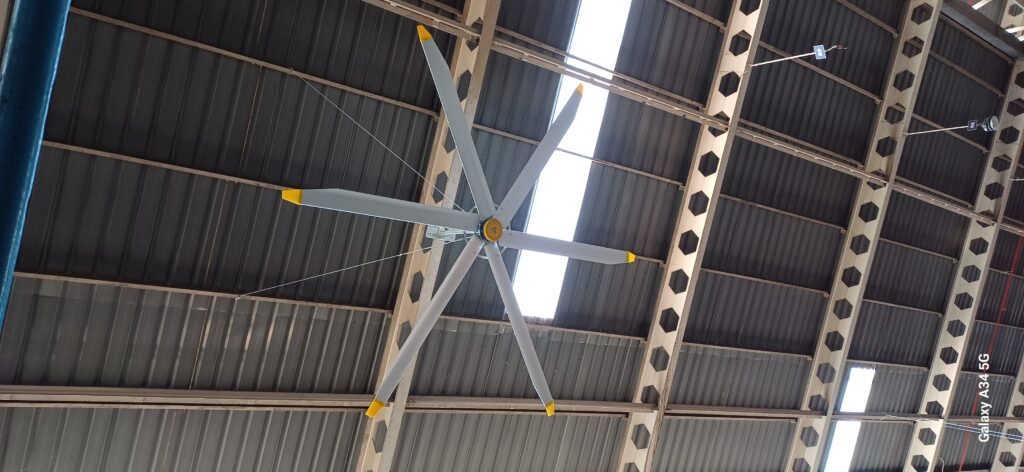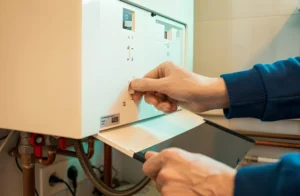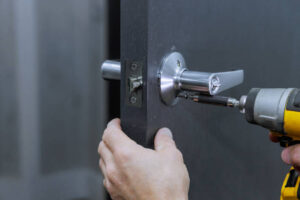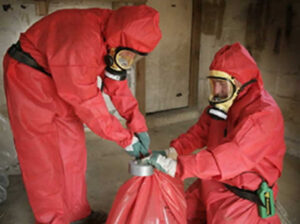
In today’s fast-paced environment, employee wellness transcends being just a buzzword. It is the essential support for a productive and successful workplace. From ergonomic furniture to mental health days, organizations are going the extra mile to create environments where employees feel healthy, safe, and motivated. Nonetheless, a commonly overlooked factor that has a substantial impact on workplace comfort is air circulation. And this is where High-Volume, Low-Speed (HVLS) fans make all the difference.
Let’s take a moment to step into the shoes of an average employee working in a warehouse, manufacturing plant, or even a large office. The work is demanding, the space is vast, and often, the climate is inconsistent. In summer, it’s stifling. In winter, it’s chilly and stagnant. This discomfort isn’t just a minor annoyance; it affects morale, productivity, and even health. HVLS fans solve this problem not just efficiently, but intelligently.
What Are HVLS Fans?
HVLS fans are ceiling fans characterized by their large diameters, which typically range from 7 to 24 feet, and are designed to efficiently move large volumes of air at a slow and steady rate. Unlike traditional fans that deliver a narrow, high-velocity airflow (often creating noise and turbulence), HVLS fans distribute air evenly and quietly across large spaces. The result? A stable, more comfortable indoor environment.
Why Employee Wellness Depends on Airflow
When we talk about wellness, we often jump straight to fitness programs or stress relief initiatives. But physical comfort is foundational. Here’s why HVLS fans are becoming a key player in wellness strategies across modern facilities:
1. Thermal Comfort Reduces Stress and Fatigue
Working in an overly hot or cold environment drains energy. Employees who feel too warm are more likely to experience dehydration, irritability, and fatigue. In contrast, cold air can lead to muscle stiffness and lower productivity. HVLS fans regulate perceived temperature through better air distribution. In warm seasons, they create a gentle breeze that makes it feel up to 10°F cooler. During colder months, the fans reverse to gently push warm air down from the ceiling, eliminating cold spots. This thermal balance keeps employees comfortable and alert throughout the day.
2. Better Air Quality Means Healthier Employees
Stale indoor air can cause a buildup of dust, odors, and even harmful airborne pathogens. HVLS fans maintain a constant air circulation, which boosts ventilation and decreases the chances of respiratory complications, allergic reactions, and the propagation of illnesses. For facilities that use chemicals or create fine particles—like warehouses, factories, or workshops—this air movement is vital to maintaining safe working conditions.
3. Reduces Slips, Trips, and Falls
Humidity and condensation can be dangerous, especially on hard floors. In humid climates or facilities that frequently wash their floors, moisture buildup is a real hazard. HVLS fans facilitate the rapid evaporation of excess moisture by enhancing airflow across surfaces, which greatly diminishes the likelihood of slips and falls—a frequent cause of workplace injuries.
4. Promotes Mental Well-being
Physical discomfort can take a mental toll. Just like poor lighting or noisy environments, bad air circulation can increase stress and reduce focus. On the other hand, comfortable airflow helps employees feel more at ease, improving their concentration and overall mood. When people feel better physically, they tend to perform better and communicate more positively with coworkers.
5. A Sustainable Choice That Employees Appreciate
Today’s employees—especially younger generations—care deeply about sustainability and corporate responsibility. HVLS fans are energy-efficient solutions that reduce the strain on HVAC systems. In large buildings, they can lower energy use by up to 30%, helping companies reduce their carbon footprint. Employees are proud to work for organizations that invest in eco-conscious solutions, and HVLS fans are a visible, functional testament to that commitment.
Real-World Examples: Making a Difference
Take the example of a logistics company operating a large distribution center in India. During peak summer, employees complained about unbearable heat, which led to slower operations and frequent breaks. Installing HVLS fans drastically changed the game—complaints dropped, efficiency rose, and absenteeism due to heat-related illness was cut in half.
Or consider a food processing plant where moisture on the floors was a recurring issue. Through the implementation of HVLS fans, the management was able to shorten floor drying times, thus promoting safety and aiding in the observance of hygiene regulations.
A Smart Investment with Human Impact
For facility managers and decision-makers, investing in HVLS fans isn’t just about technical specs or cooling efficiency. It’s about showing employees that their comfort and health matter. Whether it’s reducing heat stress, preventing illness, or boosting morale, the benefits of HVLS fans directly impact people’s lives.
They also make financial sense: fewer accidents mean lower insurance claims, healthier employees mean fewer sick days, and better comfort means higher productivity. It’s a win-win.
Final Thoughts
Modern facilities are evolving not just in terms of technology and infrastructure, but in how they value their most important asset: people. Employee wellness must be built into the physical space itself, not just addressed through HR policies.HVLS fans are a distinctive tool that merges advanced engineering with a design that centers around human comfort.
If you’re serious about employee well-being, don’t overlook the air they breathe and the comfort they feel. Sometimes, a gentle breeze from above is all it takes to create a healthier, happier, and more productive workplace.





